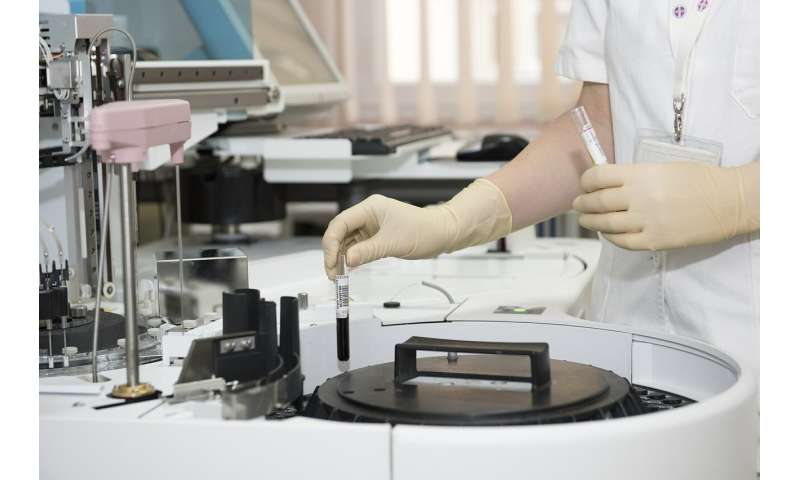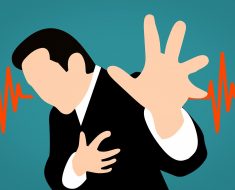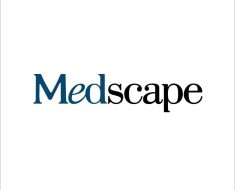
Average employer-sponsored insurance (ESI) spending rose to $5,892 per person in 2018, according to the Health Care Cost Institute’s annual Health Care Cost and Utilization Report, which analyzes 2.5 billion medical claims to inform the public about trends affecting approximately 160 million U.S. individuals with employer-sponsored insurance. This spending growth outpaced 2017’s growth due to continued price growth combined with an uptick in utilization.
“Prices, spending, and out-of-pocket costs continue to rise for the 160 million Americans with employer-sponsored health insurance,” said Niall Brennan, president and CEO of HCCI. “Higher prices for medical services continue to drive most spending increases, but in 2018 we also saw an uptick in utilization for the first time in several years. If these price and utilization trends continue, we expect spending growth to stay on an upward trajectory in the coming years.”
Despite recent increases in utilization, rising prices were the primary driver of spending growth over the 5-year study period. After adjusting for inflation, spending rose by $610 per person between 2014 and 2018. “Higher prices for medical services were responsible for about three-quarters of overall spending increases between 2014 and 2018, after inflation,” said Jean Fuglesten Biniek, report co- author and senior researcher at HCCI.
While utilization changes accounted for a smaller share of spending growth after inflation, about one- fifth, most of the increase in use occurred over just one year. The increase in utilization in 2018 had a greater effect on costs than a similar increase would have had earlier in the period because of price growth between 2014 and 2017.
The report examines four groups of health care services and dozens of sub-categories. Of the four major categories, outpatient visits and procedures saw the highest 2018 spending increase (5.5%).
Other notable trends include:
- Inpatient services.
- Per-person spending on inpatient admissions rose 11.4% between 2014 and 2018.
- Within each sub-category of inpatient admissions, average prices grew steadily between 2014 and 2018 while utilization trends varied. However, the 2.0% price increase in 2018 was lower than the near 4% annual increases from 2014 to 2017.
- Outpatient services.
- Increases in prices and use led to a 16% increase in spending from 2014 to 2018.
- Over that period, ER visit spending increased 32% and spending on observation stays went up 29%.
- Professional services.
- Spending increased 16% and growth accelerated over the 5-year period, driven by office visits and administered drugs.
- Psychiatry also saw strikingly high spending growth of 43% from 2014 to 2018, which was driven mostly by increased use.
- Prescription drugs.
- Generic drugs accounted for 88% of all prescriptions.
- Out-of-pocket payments for prescriptions for generic drugs was less than one-fifth of out-of-pocket payments on brand drugs.
Out-of-pocket spending grew in each year of the 5-year period. “People with job-based insurance saw their out-of-pocket costs rise 14.5%, or $114, between 2014 and 2018,” said John Hargraves, senior researcher and co-author of the report. Study authors stressed that the analysis covers out-of-pocket costs paid for services, such as copays, coinsurance, or deductible payments, but does not include other payments related to health care like insurance premiums.
Source: Read Full Article





